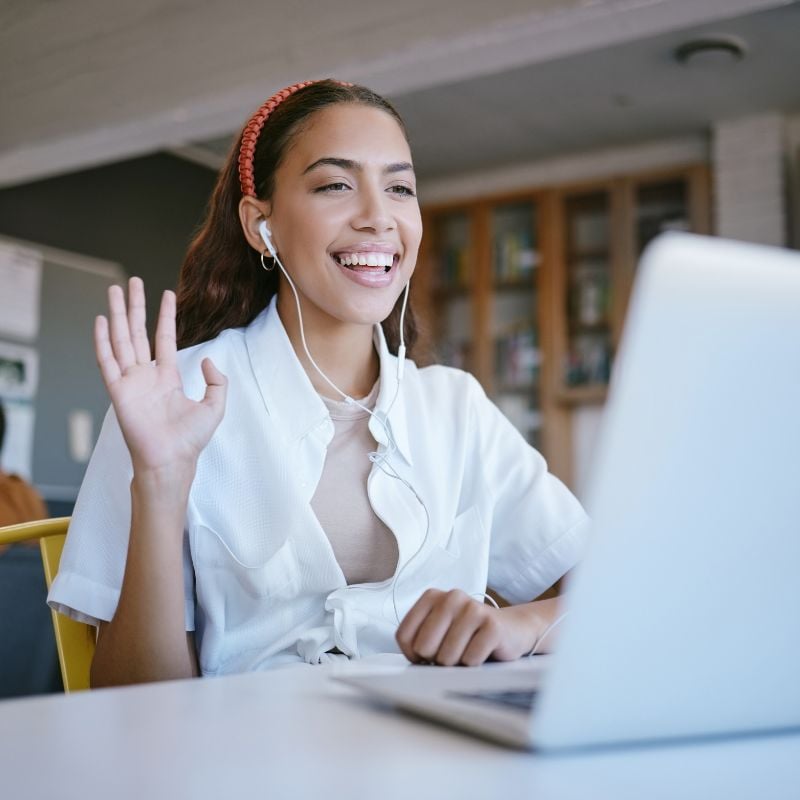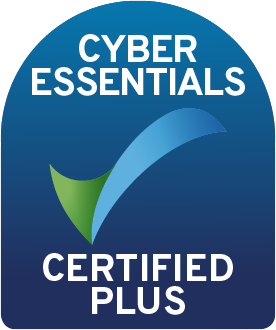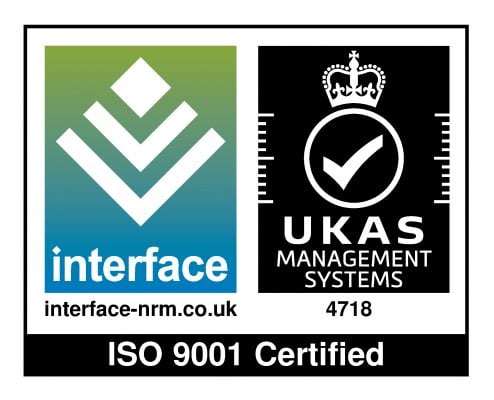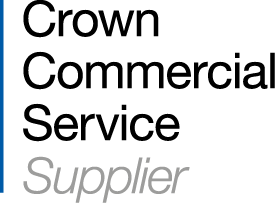Looking to optimise your L&D initiatives? A tried and tested way to guarantee better training outcomes is to cater to a multitude of specific learning styles.
Every learner will process information and approach learning opportunities in their own unique way, relying on one specific learning method or indeed a mix of several different methods of learning. To meet their needs and allow them to get the most out of L&D opportunities, you need to cater to their diverse learning preferences.
However, as many L&D leaders will know, this simply isn’t feasible when relying on face-to-face instruction or offline methods. With little flexibility for diversifying delivery methods and limited resources, catering to a broad range of learning styles is challenging.
This is where e-learning comes in. By using a quality e-learning platform, you can easily accommodate different methods of learning by incorporating a diverse range of content types and delivery formats. Keep reading to find out how.
Let’s run through some of the top learning methods and how to effectively cater to them using your e-learning platform.
Visual learning
Visual learners prefer information to be presented to them in a (you guessed it) visual format. This is one of the easiest learning styles for training professionals to cater to when using an e-learning platform as there are so many options here.
Videos, webinars, infographics, flashcards, and image hotspots are just some of the engaging content types that will allow visual learners to thrive throughout the learning process.
With the right e-learning tools, such as the H5P Totara or Moodle integration, you can easily make engaging visual content in-house. Find out more about creating content such as interactive videos and flashcards by reading our blog.
Auditory learning
When it comes to auditory learning, learners process information by listening. Again, this is an easy learning method to accommodate, with content such as audio clips, podcasts or recorded lectures.
Many auditory learners will benefit from traditional offline methods such as a lecture or seminar, but e-learning functionality can further enhance the learning experience as learners have the option to pause, rewind and repeat content until they acquire all the information they need.

Learning via reading or writing
For learners who prefer reading, e-learning courses made up of text-based lessons, eBooks, and written articles can produce the best training results. By replacing printed resources such as textbooks and paper-based documents with digital materials, an e-learning platform houses all written content in one centralised platform that can be easily accessed with UX-friendly navigation features such as search bars and recommended reading functions.
With an e-learning platform, educators can enhance the learning experience further by incorporating gamified content that presents text in an interactive format that requires the learner to play an active role in the learning process. With gamification, you can dramatically improve engagement rates by bringing text-based lessons to life – find out more here.
Logical learning
This learning method relies on the use of logic to process information, such as problem-solving activities. Learning materials that cater to this learning style will often require careful thought and planning.
One of the most effective content types to use here is scenario-based lessons in a learning management system (LMS). Scenario-based learning takes real-life situations and places them in a virtual learning environment in which learners work their way through a problem by using their problem-solving skills to make decisions or answer questions. Here you can use branching opportunities where the choices a learner makes determine the content they see next and will drive the overall outcome of the scenario.
Social learning
Can you facilitate social learning with an e-learning platform? Absolutely you can! In fact, you can actually enhance social learning activities. For this, you should use a learning experience platform (LXP).
Empower your learners with social features such as dynamic collaborative workspaces, forums, Microsoft Teams integrations, and interactive elements such as ratings, comments and sharing tools. With an LXP such as Totara Engage, learners can engage with peers, share insights and participate in a virtual learning environment that can easily be moderated and monitored by admins and L&D professionals.
Solitary learning
Asynchronous learning or solitary learning is a method that best suits learners who prefer to study in their own time and at a pace that suits them. For these learners, using an LMS is highly beneficial as they can simply work their way through e-learning courses without needing to attend classroom-based learning activities or engage in group discussions.
Read our guide to asynchronous learning to find out how to maximise learning outcomes using an e-learning platform.

Kinaesthetic learning
Surprised to see this learning method on this list? Although kinaesthetic learning takes a physical and hands-on approach to learning, e-learning platforms can still be beneficial in supporting learners who prefer this method.
By taking a blended learning approach to training activities, LMS features such as seminars and reporting tools can be used to manage face-to-face training sessions. What’s more, you can further enrich kinaesthetic learning practices by using e-learning assessments to test the effectiveness of face-to-face teaching or creating supporting online learning content to complement offline learning practices.
Does your e-learning system offer the right functionality?
We’ve listed a lot of features and functionality throughout this blog. If your current e-learning platform doesn’t have them then it’s time to explore better options. Our LMSs and e-learning platforms have everything you need to cater to a variety of different methods of learning. Find out more about our platforms here or get in touch today to chat with one of our e-learning experts.

Contact Hubken today
Quick responses and clear advice, we're here whenever you need us. Our friendly e-learning specialists are ready to help and will be in touch shortly after you've sent your message.
.png?width=1080&height=150&name=Slim%20blog%20CTAs%20(13).png)
.png?width=1080&height=150&name=Slim%20blog%20CTAs%20(12).png)
.png?width=1080&height=150&name=Slim%20blog%20CTAs%20(21).png)



